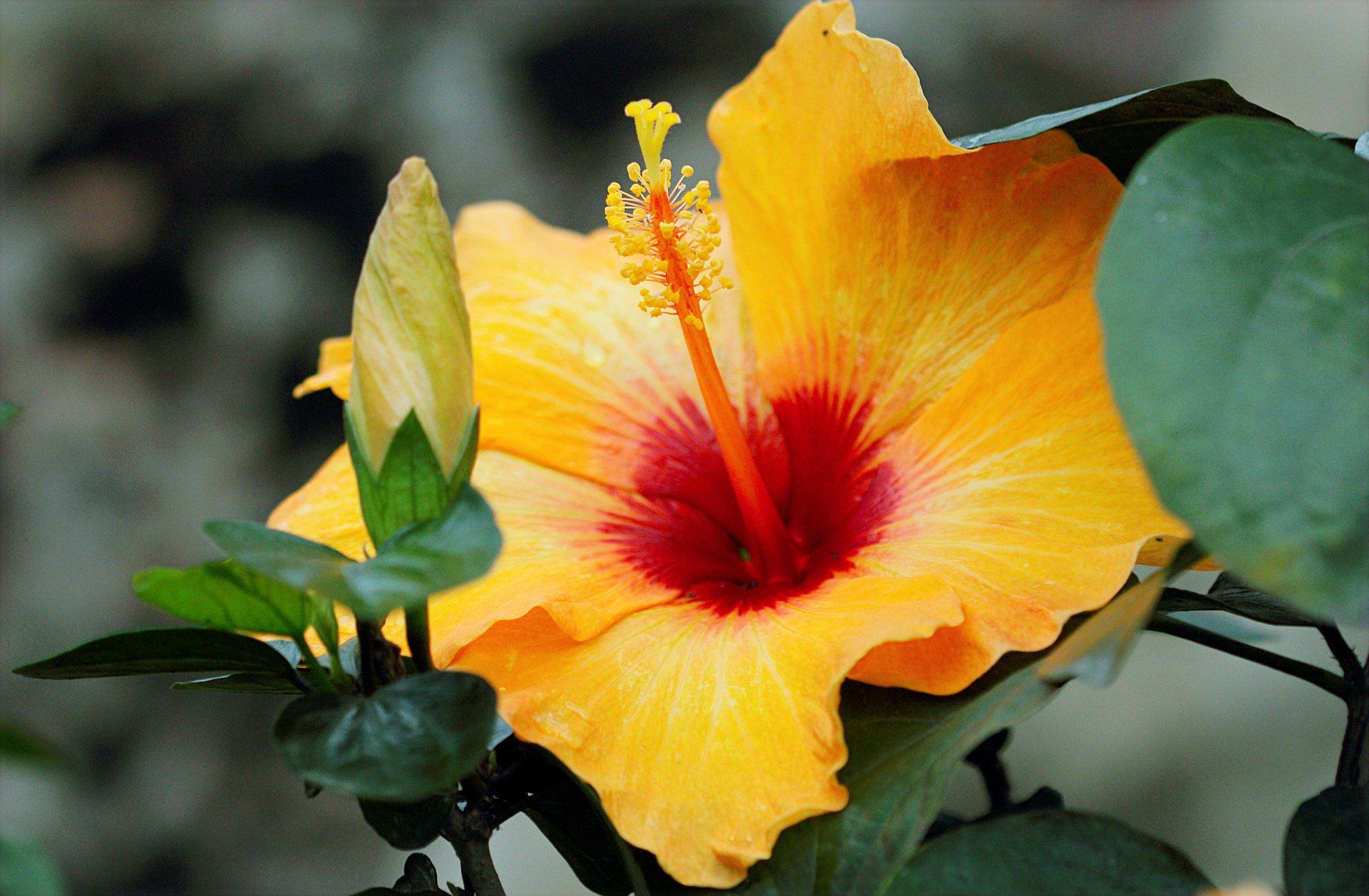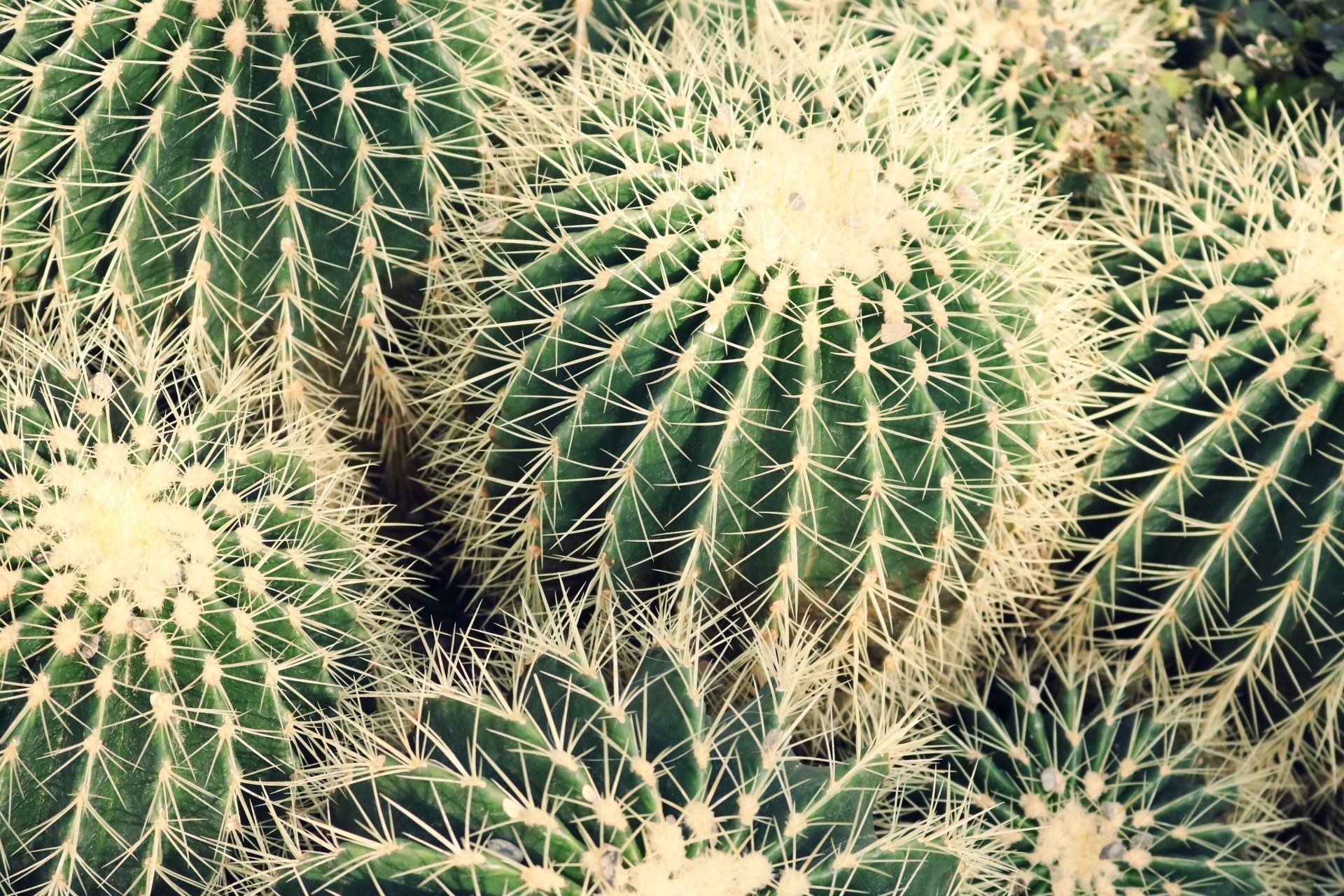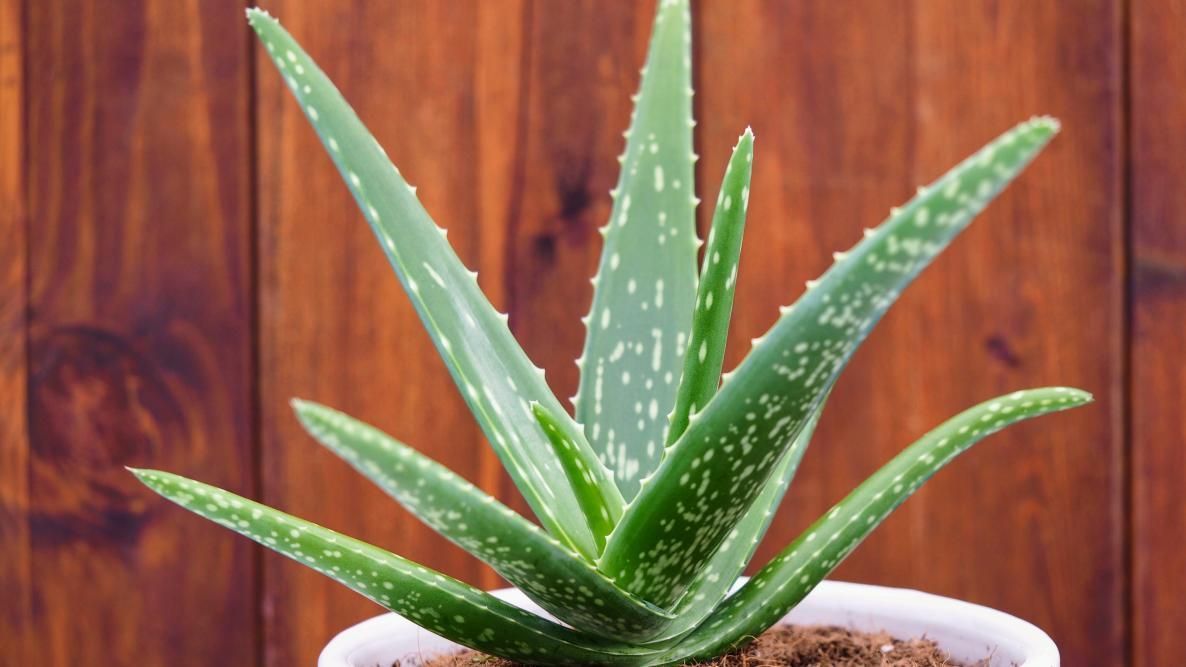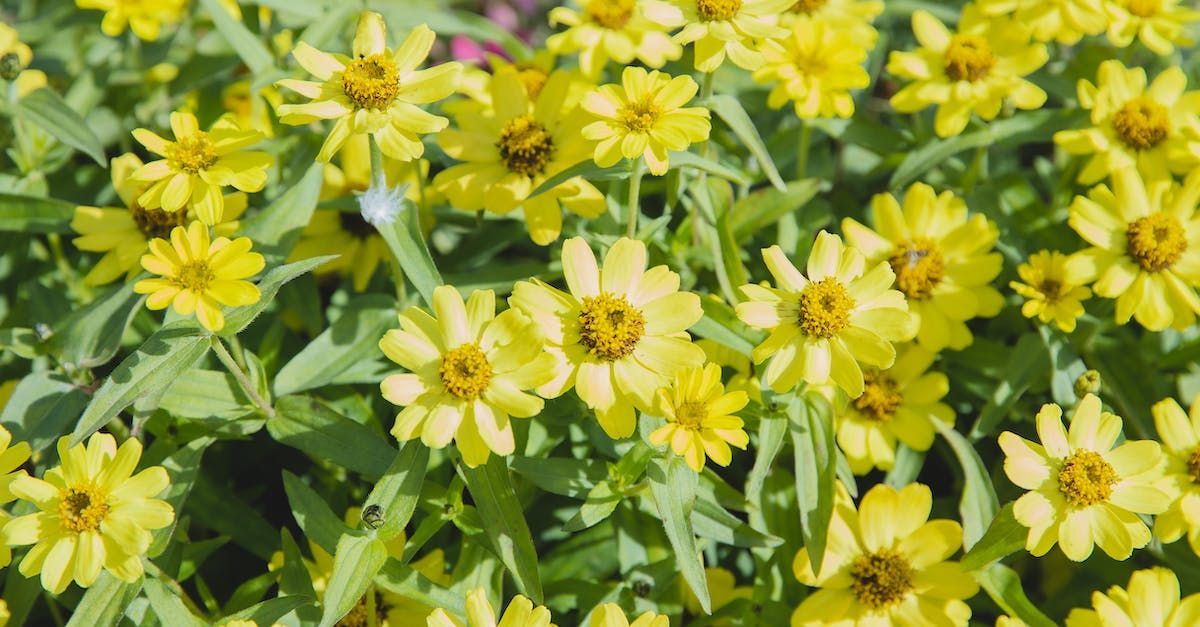Amazing Azaleas
Azaleas seem to boldly announce the arrival of spring when we see their bright blooms appear all over town and neighborhoods.
Did you know that evergreen azaleas are primarily native to Japan and China?
One of the best effects in a landscape is to plant a mass of the same variety. The result is simply stunning when viewed from a distance. As they mature, they will grow together creating a single mass appropriate to the space. Large-growing varieties make the perfect privacy screen or backdrop for seasonal bedding plants.
The flowers azaleas produce come in a variety of colors, some even with stripes. The blooms can range from 1/2 to 5 inches across depending on the variety. Re-blooming varieties, such as the Encore, are very popular and recommended for continuous enjoyment. Encore Azaleas have a wide range of colors to choose from as well!
The location they are planted is important, but varies depending on the variety. In general, evergreen azaleas do best in partial shade. In sun, you may find that some of the colors do not last well, and are prone to sun damage. Also be careful because the evergreen azaleas planted in full sun are prone to lace bug, an insect pest that lives under the leaves and sucks out the chlorophyll leaving tiny white dots.
Azaleas prefer a moist, well-drained soil. If the soil is rich in organic matter, that's a plus!
They are welcomed for container plantings. You'll want to break up the root ball to encourage the roots to start growing and become well established. They are very shallow rooted, so set the plant at the same level or even a little higher than the soil. To maintain soil moisture, always mulch- even if planted in a container.
Be careful fertilizing and always read labels or talk to us if you're unsure. We recommend applying two weak applications spaced apart to avoid the risk of burning the delicate roots. Always fertilize after blooming, but avoid doing so in late summer and/or fall. If fertilized at this time, they will be discouraged from going dormant.
Pruning should be done after their blooming cycle is complete, before fall. Be careful to avoid removing any more than 1/3 of the branches because it could weaken the plant. Be careful also not to prune in fall because it may encourage late season growth vulnerable to winter damage. General pruning can be done in the spring and early summer to shape them. Avoid pruning after mid-July because that's when they begin forming their buds. You don't want to cut those!
If you'd like to share them with a friend, good news: they transplant easy! Be sure to use a root stimulator to avoid transplant shock and, yes, stimulate the roots.
Share the joy of amazing azaleas!
Learn about Lafayette's The Azalea Trail here!









